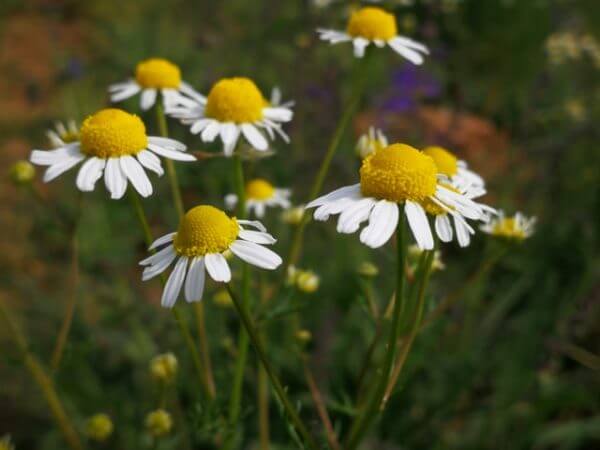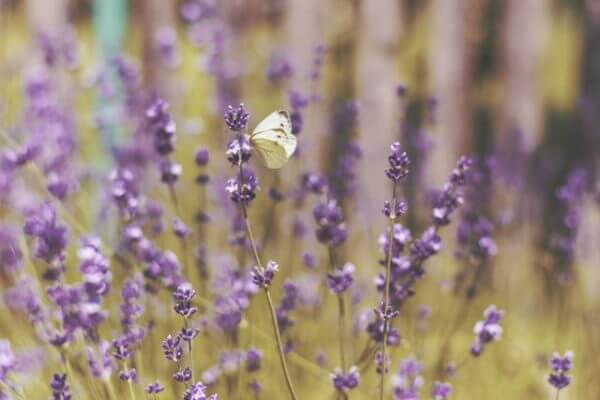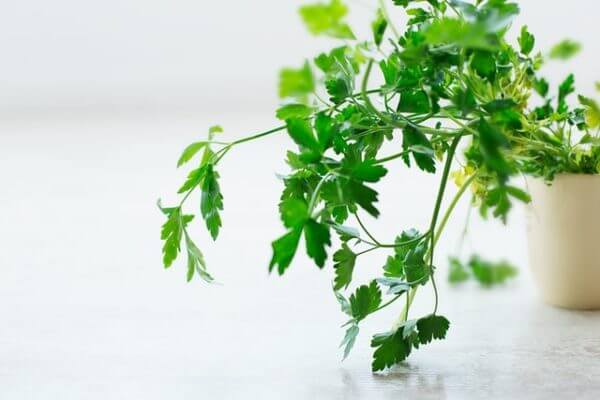Have you ever seen an herb garden theme for a landscape?
In general, herbs are any plant with leaves, seeds, or flowers that can be used for flavoring, food, medicine, aroma, or even perfume. Herbs are compact and small in size compared to other plants.
Incorporating herbs in a garden landscape design is simple and doesn't require a lot of resources. Just like other landscaping themes, planning is always the first thing that should be done.
Make sure to decide what type of herb garden you would like to. Decide what type of herbs you wanted to grow and choose what type of beddings or containers you would want to use.
Medicinal Herbs
Chamomile and Echinacea are some examples of medicinal herbs. For this type of herb, being familiar with the herbs is important. Knowledge of medicinal herbs can help you treat some common medical problems and boost your immune system.

Ornamental Herbs
Lavender and myrtle are some popular choices for this type of herb garden. An ornamental herb garden consists of herbs chosen for their aroma, color, or shape, and texture.

Culinary Herbs
Parsley, oregano, basil, thyme, rosemary, sage, and cilantro are common choices for a culinary herb garden. These types of herbs are used mostly for cooking. With a culinary herb garden, you can gather fresh herbs from your own garden every time you want to cook up a feast.

Starting Your Herb Garden
Once you have decided what type of herb garden you want, you can get to planting your herbs. Here are some ideas for you.
- Ground Covers - You can plant herbs between your tiles and rocks to enhance the look of your existing garden.
- Border Planting - Start to grow your herbs on the edges of your planters. This will add distinction and enhancements to your whole garden.
- Boxes - This is for those who have limited space. You can use high quality and good looking planter boxes. Containers look great and provide you easy access to your herbs.
- Herb Wall - Plant your herbs in hanging pots. This is one of the most common and awesome ways of planting herbs. It also provides easy access to your herbs.
When you have decided on what type of herb garden and what specific way of planting you prefer, choosing herbs is the next step.
Do your research. Find out what herbs are appropriate for your garden. Is your space getting a lot of sunlight? Each herb has its own water, soil, and sunlight requirement. Drainage is important if you are planting in containers.
To wrap this up, creating a herb garden is easy. Planning and research is always the most useful thing you can do. Never underestimate the greatness of planning and research.
If you have any tips on creating an herb garden, let us know in the comments section.
Original post can be found here:
https://iotagarden.com.au/incorporating-herbs-into-your-garden/
Comments
Post a Comment